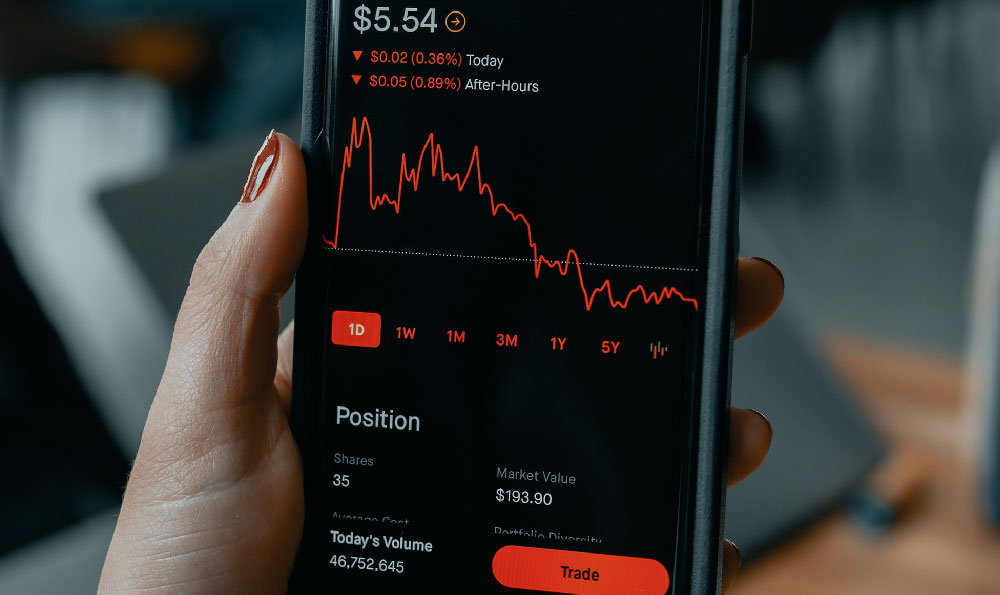How did Dan Snyder make his money? And what were the key strategies?
Dan Snyder's path to wealth is a complex narrative intertwining shrewd business acumen, a willingness to leverage debt, and a knack for identifying undervalued assets. His initial fortune wasn't built on traditional venture capital or technological innovation, but rather on the then-emerging market of marketing and direct mail. Understanding his formative years and initial ventures is crucial to dissecting his later, more controversial, acquisition strategies.
Snyder's entrepreneurial spirit manifested early. While still an undergraduate at the University of Maryland (which he later dropped out of), he began selling wall space in dorm rooms to advertisers. Recognizing the potential for targeted marketing, he eventually formalized this into a company called Campus Communications, which focused on advertising to college students. This venture provided a foundation, not just financially, but also in understanding the nuances of marketing and advertising – skills that would prove invaluable later in his career.
The true genesis of Snyder's wealth began with Snyder Communications. This company, founded in 1988, focused on direct marketing, telemarketing, and database marketing. Snyder’s key strategy at this stage was aggressive acquisition. He understood that consolidating smaller, specialized marketing firms under a larger umbrella could create significant synergies and attract larger clients. He wasn't necessarily inventing new marketing techniques, but rather, he was expertly assembling a portfolio of companies that collectively offered a more comprehensive suite of services.

This acquisition strategy was largely fueled by debt. Snyder became adept at leveraging the company's existing revenue stream to secure loans and finance further acquisitions. While this approach carried inherent risks, it allowed him to rapidly expand Snyder Communications' footprint and market share. He understood the power of economies of scale and that a larger, more diversified marketing conglomerate would be more attractive to investors and command a higher valuation.
The late 1990s witnessed a boom in the marketing services industry, fueled by the rise of the internet and the increasing sophistication of consumer data. Snyder Communications capitalized on this trend. The company went public in 1996, and its stock price soared. This provided Snyder with even more capital to pursue his acquisition strategy, further accelerating the company's growth. He was perceived as a visionary, adept at anticipating market trends and building a company that could capitalize on them.
However, Snyder's aggressive acquisition strategy and heavy reliance on debt also drew scrutiny. While the company's revenue was growing rapidly, so was its debt burden. Concerns began to surface about the sustainability of this growth model, particularly if the market for marketing services were to cool down.
In 2000, Snyder Communications was acquired by Havas, a French advertising conglomerate. This transaction marked the culmination of Snyder's entrepreneurial efforts. He cashed out a significant portion of his stake in the company, solidifying his status as a multi-millionaire. While the Havas acquisition ultimately proved problematic for Havas, for Snyder, it was a highly lucrative exit.
Following the sale of Snyder Communications, Snyder turned his attention to the sports industry. In 1999, he acquired the Washington Redskins (now the Washington Commanders) for approximately $800 million, a record-breaking price at the time. This acquisition was financed through a combination of his own capital and debt.
The acquisition of the Redskins was a controversial move. Many questioned whether Snyder had the experience and temperament to run a major professional sports franchise. However, Snyder saw the Redskins as an undervalued asset with significant potential for growth. He believed that by improving the fan experience, increasing marketing revenue, and developing new revenue streams, he could significantly increase the value of the team.
His tenure as owner of the Redskins (Commanders) was marked by both financial success and significant controversy. While he oversaw increases in revenue and franchise value, his management style and business practices were often criticized. The team's performance on the field declined, and the team's reputation was tarnished by allegations of a toxic workplace culture and financial mismanagement. He implemented changes to the stadium, focusing on premium seating and revenue-generating activities. He also leveraged the team's brand for various marketing and merchandising opportunities.
However, these efforts were often overshadowed by controversies surrounding the team's name, its handling of player misconduct allegations, and accusations of financial impropriety. These controversies ultimately led to investigations by the NFL and the U.S. Congress, and significantly eroded Snyder's reputation.
While Snyder's initial fortune was built on marketing and aggressive acquisition strategies, his subsequent ventures, particularly in the sports industry, were marked by both success and significant challenges. His willingness to take on debt, his focus on revenue generation, and his aggressive management style were all factors in his financial success, but also contributed to the controversies that ultimately defined his legacy. The sale of the Commanders, prompted by intense pressure and numerous investigations, marked the end of an era characterized by both financial gains and reputational damage. His story serves as a cautionary tale about the complexities of wealth creation and the importance of ethical business practices. It highlights how aggressive growth strategies, while potentially lucrative, can also lead to significant risks and ultimately, damage a carefully constructed reputation.















